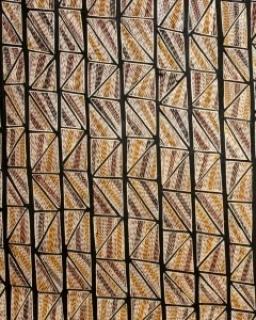
Abstract
Recent shifts in national policies have resulted in questions about how established regional forms of representation, such as those involved in NSW’s Local Decision Making initiative, will be aligned with new policy priorities and processes. This paper seeks to clarify the terrain of competing and complementary representative institutions in NSW, in the context of the emergence of new national structures of Indigenous representation. In particular, the paper focuses on the NSW Coalition of Aboriginal Regional Alliances, and its relationships with the bodies representing Indigenous peaks at the national and state levels, and the Local and Regional Voices proposed in the Interim Report on Indigenous Voice. We argue that regional structures of Indigenous representation have an enduring value. We unpack the notion of ‘representation,’ arguing for recognition of the differences between representative bodies on the basis of who is being represented, around what, and by whom. We suggest that there is scope for the existence of complementary bodies, working with different structures towards largely shared goals and priorities. We conclude that the co-existence of representative organisations that differ in terms of their constituents and scope requires the clear delineation of how these institutions sit side-by-side, and a clear demarcation of their decision-making powers and authority, and their roles and responsibilities.
DOI or Web link
https://doi.org/10.25911/65M2-V536File attachments
| Attachment | Size |
|---|---|
| WP_141_Dreise_et_al_2021.pdf(790.83 KB) | 790.83 KB |